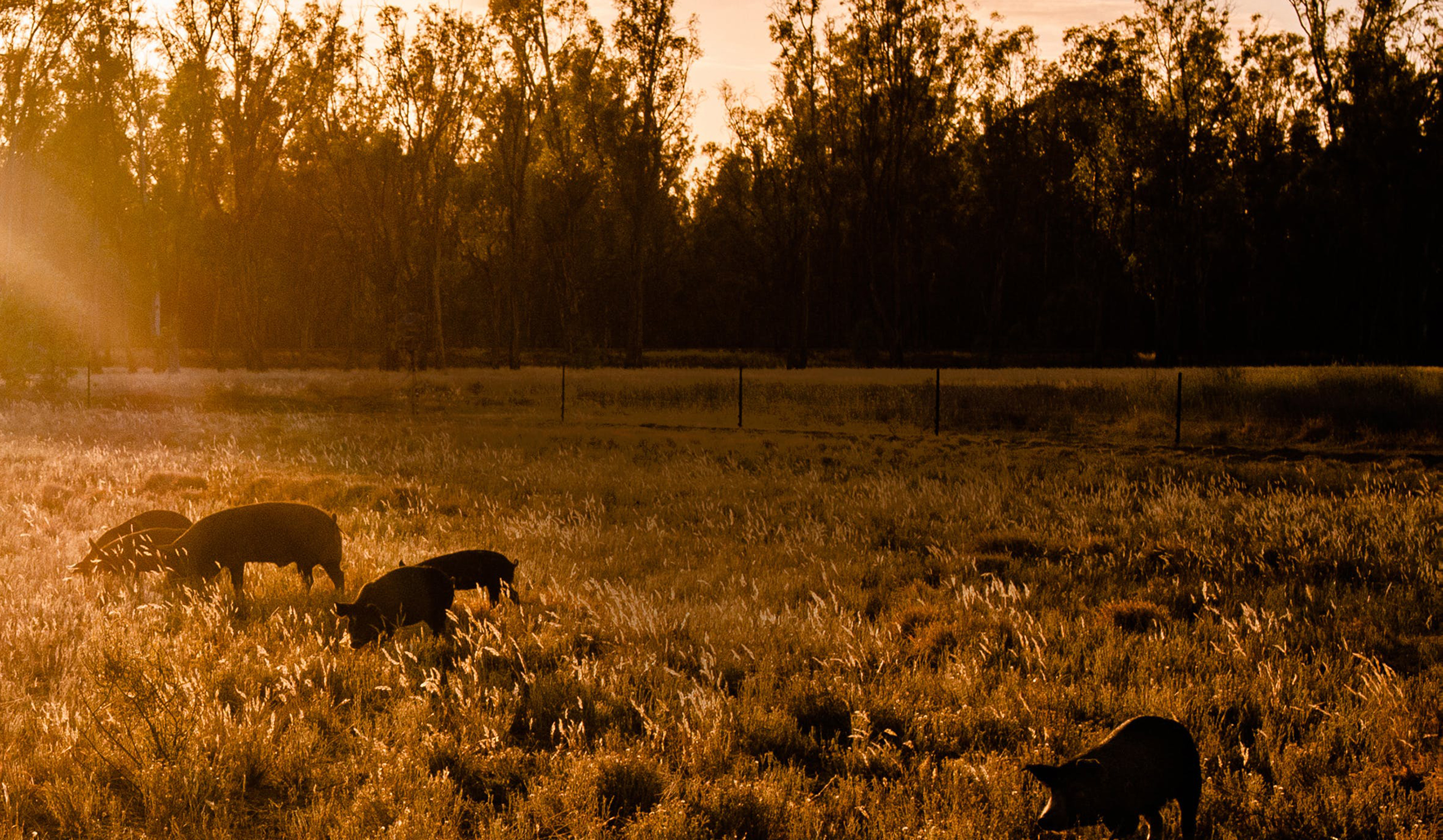

We are building a food system that’s…
Sustainable
Animal agriculture generates more greenhouse gas emissions than all transportation combined and is a major driver of deforestation and waterway pollution. Cultivated meat is much kinder to nature — using less resources to preserve our planet.

Harm-free
Throughout history, the only way to eat meat has been to take the life of an animal. Now for the first time, we can cultivate meat without harm.
Healthy
Mission Barns products contain no antibiotics, which minimizes the risk of developing antibiotic-resistant microbes and animal-borne diseases.

Abundant
As the world’s population grows, food production in developing countries will need to nearly double. With cultivated meat, just one animal—living freely—has the potential to feed millions.